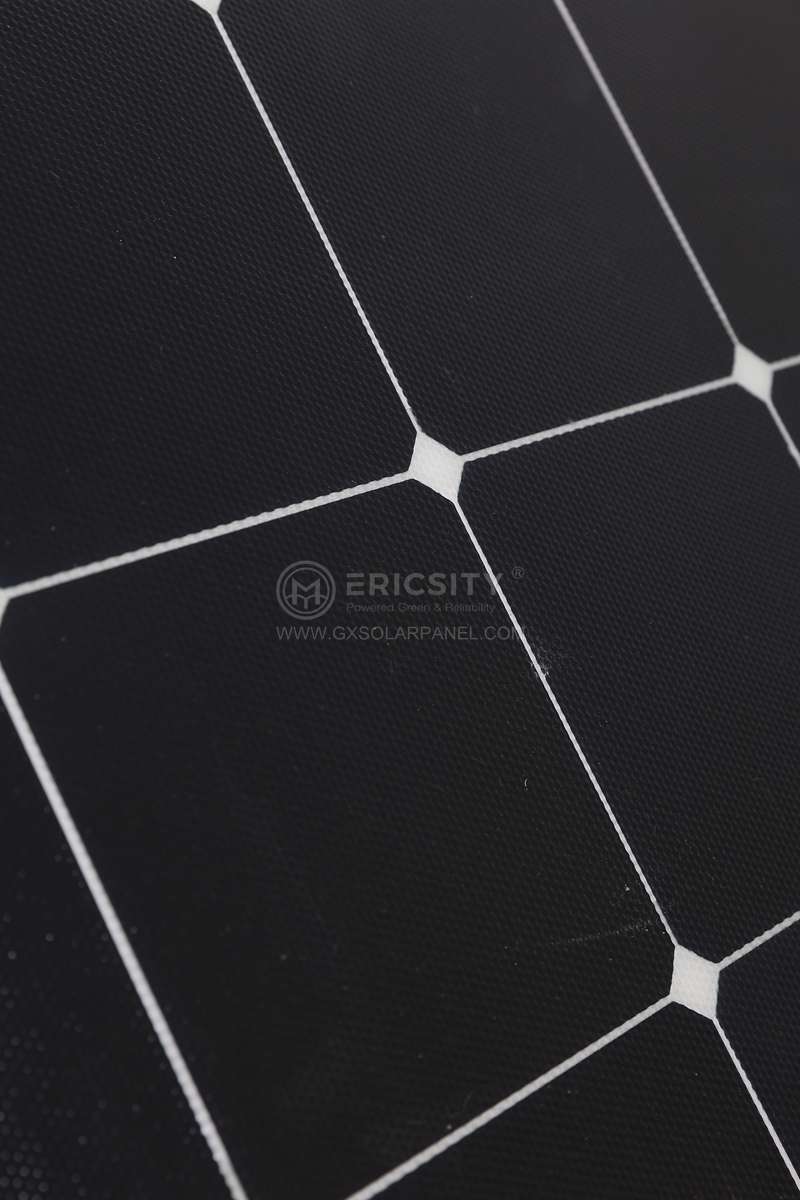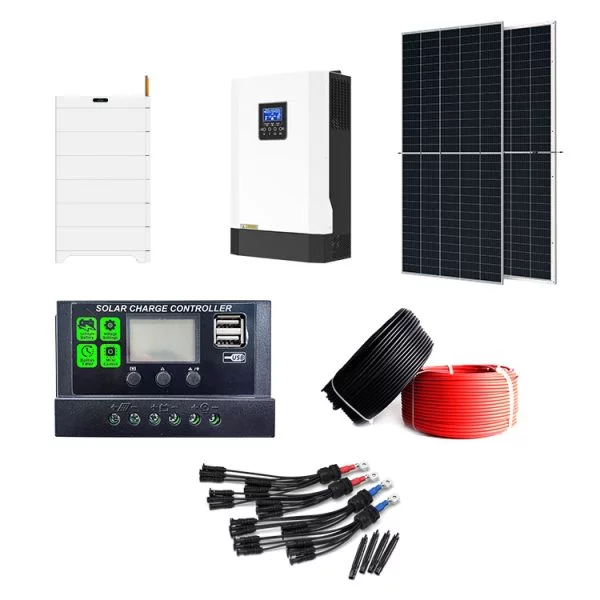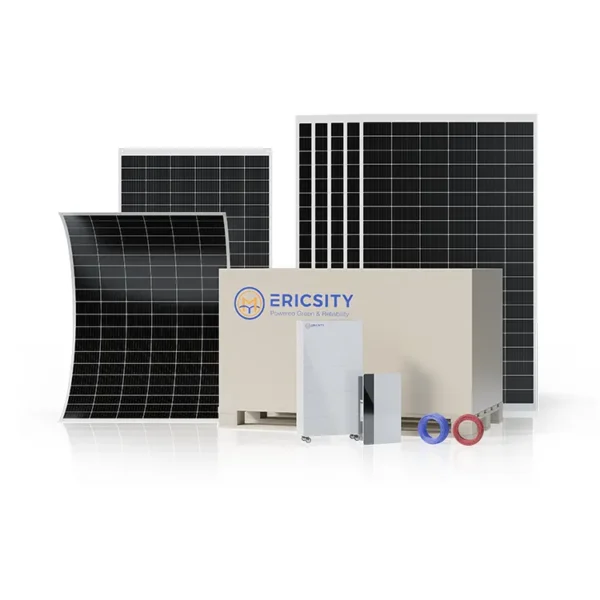HOT PRODUCT
Product Details
off-the-grid Living With Amorphous Flexible Solar Panels
Off-the-Grid Living With Amorphous Flexible Solar Panels
In this era of increasing awareness about climate change and the impact of traditional energy sources, many individuals are exploring alternative options for powering their homes. One such option gaining popularity is off-the-grid living, where individuals rely on renewable energy sources to meet their power needs. Among the various renewable energy technologies available, amorphous flexible solar panels have emerged as a viable and innovative solution for off-the-grid living.

Amorphous flexible solar panels are a type of photovoltaic technology that utilizes thin-film solar cells. Unlike traditional crystalline silicon solar panels, which are rigid and bulky, amorphous flexible panels are lightweight, thin, and can be bent or curved to fit various surfaces. This flexibility makes them ideal for applications where traditional solar panels would be impractical or impossible to use.
One significant advantage of amorphous flexible solar panels is their ability to operate efficiently even in low-light conditions. Unlike crystalline silicon panels, which require direct sunlight for optimal performance, amorphous panels can generate electricity from diffused or indirect light. This characteristic makes them suitable for installation in regions with varying weather conditions, including cloudy or partially shaded areas.
Moreover, the thin-film technology used in amorphous flexible panels allows them to perform well in high-temperature environments. Traditional solar panels can experience a reduction in efficiency as they heat up, limiting their effectiveness in certain climates. However, amorphous panels are more tolerant to temperature changes, ensuring consistent power generation even in hot climates.
Off-the-grid living entails finding alternative ways to store excess energy for use during periods of low or no sunlight. Amorphous flexible solar panels can be integrated with battery storage systems, allowing users to accumulate surplus energy generated during the day for use at night or on cloudy days. This energy storage capability ensures a stable and reliable power supply, even when sunlight is scarce.
Another advantage of amorphous flexible solar panels is their lightweight and portable nature. They can be easily transported and installed, making them suitable for applications such as camping or RVing. Adventure enthusiasts who enjoy exploring remote areas can utilize these panels to power their portable devices and appliances without relying on traditional fossil fuel-based generators. This portability feature also makes amorphous panels an excellent choice for disaster-stricken areas, where access to electricity may be limited or nonexistent.
Furthermore, amorphous flexible solar panels have a relatively low carbon footprint compared to other energy sources. They generate clean, renewable electricity without emitting greenhouse gases or other harmful pollutants during operation. This eco-friendly attribute aligns perfectly with the principles of off-the-grid living and enhances the sustainability of this lifestyle choice.

Despite the numerous advantages, it is crucial to consider some limitations of amorphous flexible solar panels. While they perform well in low-light conditions, they generally have lower conversion efficiency compared to crystalline silicon panels. This means that a larger area of amorphous panels is required to produce the same amount of electricity as their traditional counterparts. Additionally, their durability may not match that of rigid panels, as they are more susceptible to physical damage. However, ongoing research and development in this field aim to address these limitations and improve the overall performance and longevity of amorphous flexible solar panels.
In conclusion, amorphous flexible solar panels offer a range of benefits for those embracing off-the-grid living. With their flexibility, low-light efficiency, durability in high-temperature environments, and portability, these panels provide a reliable and environmentally friendly solution for generating electricity in remote locations. Although they may have some efficiency and durability trade-offs compared to traditional solar panels, advancements in technology continue to push the boundaries, making amorphous flexible panels a promising option for a sustainable off-the-grid lifestyle.




